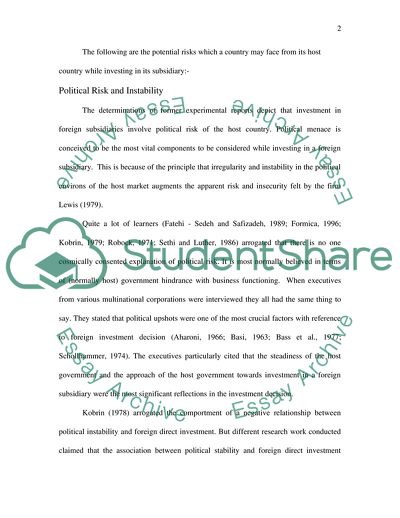Cite this document
(Potential Risks and Advantages of Investing in Foreign Subsidiaries Essay, n.d.)
Potential Risks and Advantages of Investing in Foreign Subsidiaries Essay. https://studentshare.org/finance-accounting/1736540-international-financial-management
Potential Risks and Advantages of Investing in Foreign Subsidiaries Essay. https://studentshare.org/finance-accounting/1736540-international-financial-management
(Potential Risks and Advantages of Investing in Foreign Subsidiaries Essay)
Potential Risks and Advantages of Investing in Foreign Subsidiaries Essay. https://studentshare.org/finance-accounting/1736540-international-financial-management.
Potential Risks and Advantages of Investing in Foreign Subsidiaries Essay. https://studentshare.org/finance-accounting/1736540-international-financial-management.
“Potential Risks and Advantages of Investing in Foreign Subsidiaries Essay”. https://studentshare.org/finance-accounting/1736540-international-financial-management.


